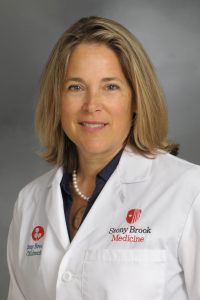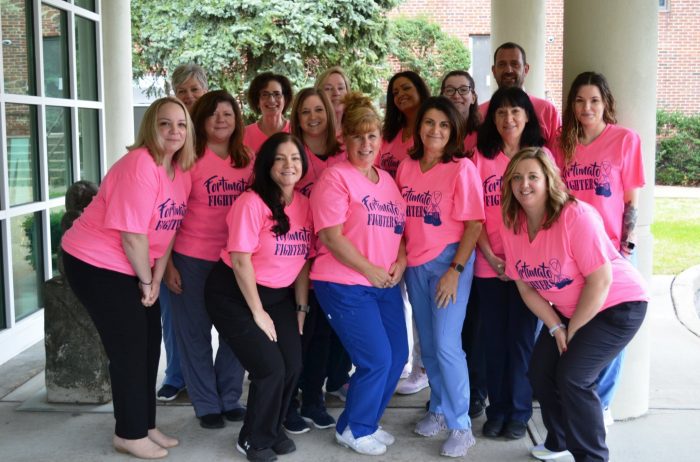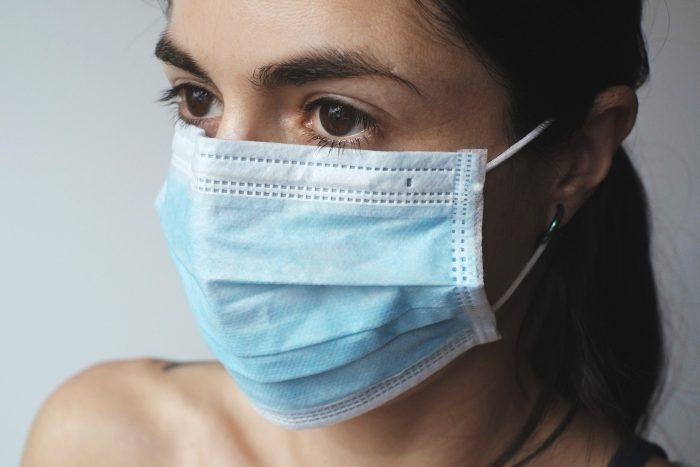Friday, May 27, is National Heat Awareness Day, and PSEG Long Island reminds customers to properly protect themselves during the high heat days of summer.
PSEG Long Island is prepared to meet the increased electrical demand that high temperatures bring.
“There has been a shift in weather patterns over the last few years toward higher temperatures, and PSEG Long Island prepares for these, along with other extreme conditions, by updating and maintaining the electric infrastructure all year round,” said Michael Sullivan, PSEG Long Island’s vice president of Transmission and Distribution. “We do this so our customers have the best service possible under these conditions. It is also important for families to know how to maintain their personal safety during high heat.”
During extreme heat conditions, customers should:
- Stay hydrated by drinking plenty of water. Avoid drinks with caffeine or alcohol.
- Avoid wearing dark colors. Dark colors absorb the sun’s rays.
- Never leave children or pets alone in enclosed vehicles.
- Avoid overexertion during work or exercise, especially between 11 a.m. and 6 p.m.
According to the National Weather Service, “on average, extreme heat has killed more people in the last 10 years than any other weather phenomena.” The NWS encourages people to remember the acronym HEAT: Hydrate. Educate yourself. Act quickly. Take it easy.
Customers on qualifying life-support equipment can register for the PSEG Long Island Critical Care Program to receive enhanced notifications from the company. During severe weather, registered customers will receive additional outreach from PSEG Long Island. Customers who rely on such equipment are responsible for planning ahead to meet medical needs in the event of a power outage. If power is lost, every effort will be made to restore it as soon as possible. Participation in the Critical Care Program does not guarantee priority power restoration. To register, call 1-800-490-0025.
High temperatures can also lead to higher energy use, resulting in higher electric bills. To help save energy and money this summer, PSEG Long Island offers the following tips to customers:
- Do not cool an empty house. Set your thermostat higher when you are away, or use a smart thermostat to control the temperature in your home. Customers can receive an incentive on qualifying thermostats for enrolling in PSEG Long Island’s Smart Savers Thermostat program, which can be used to control usage during peak summer days. Visit https://www.psegliny.com/efficiency for more details.
- Seal holes and cracks around doors and windows with caulk or weather-stripping.
- Replace air filters monthly. Dirty filters make your air conditioner work harder.
- Operate appliances in the morning or evening when it is cooler outside.
- Set refrigerators and freezers to the most efficient temperatures.
- Replace old appliances with new, energy efficient ENERGY STAR® appliances.
- Close blinds and draperies facing the sun to keep out the sun’s heat.
- Ceiling fans cool fast and cost less than air conditioning. (In hot weather, set your ceiling fan to spin quickly, counterclockwise to push air downward toward the floor.)
Extreme temperatures and high electric demand can sometimes cause scattered, heat-related outages. Customers can prepare by keeping PSEG Long Island’s contact information handy. During extreme heat, PSEG Long Island will have additional personnel available to address outages safely and as quickly as possible.
Stay connected:
- Download the PSEG Long Island mobile app to report outages and receive information on restoration times, crew locations and more.
- Report an outage and receive status updates by texting OUT to PSEGLI (773454). You can also report your outage through PSEG Long Island’s app, its website. at www.psegliny.com/outages or with your voice using the Amazon Alexa or Google Assistant[1] app on your smartphone.
- To report an outage or downed wire call PSEG Long Island’s 24-hour Electric Service number: 800-490-0075.
- Follow PSEG Long Island on Facebook and Twitter to report an outage and for updates before, during and after the storm.
- Visit PSEG Long Island’s MyPower map for the latest in outage info, restoration times and crew locations across Long Island and the Rockaways at https://mypowermap.psegliny.com/.
PSEG Long Island energy efficiency programs provide residential and commercial customers with tools to lower energy use and save money. For information on PSEG Long Island energy saving programs and tips visit https://www.psegliny.com/savemoney.
[1] Amazon, Alexa is a trademark of Amazon.com, Inc. or its affiliates, and Google Assistant is a trademark of Google LLC.


















